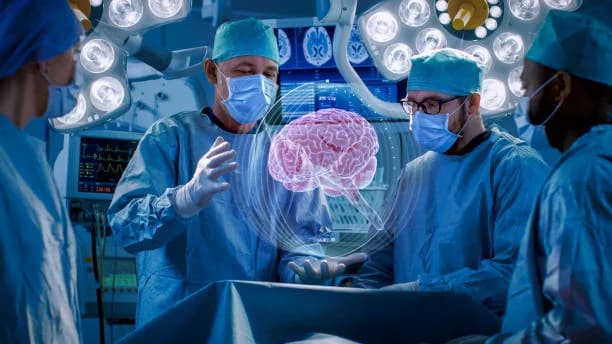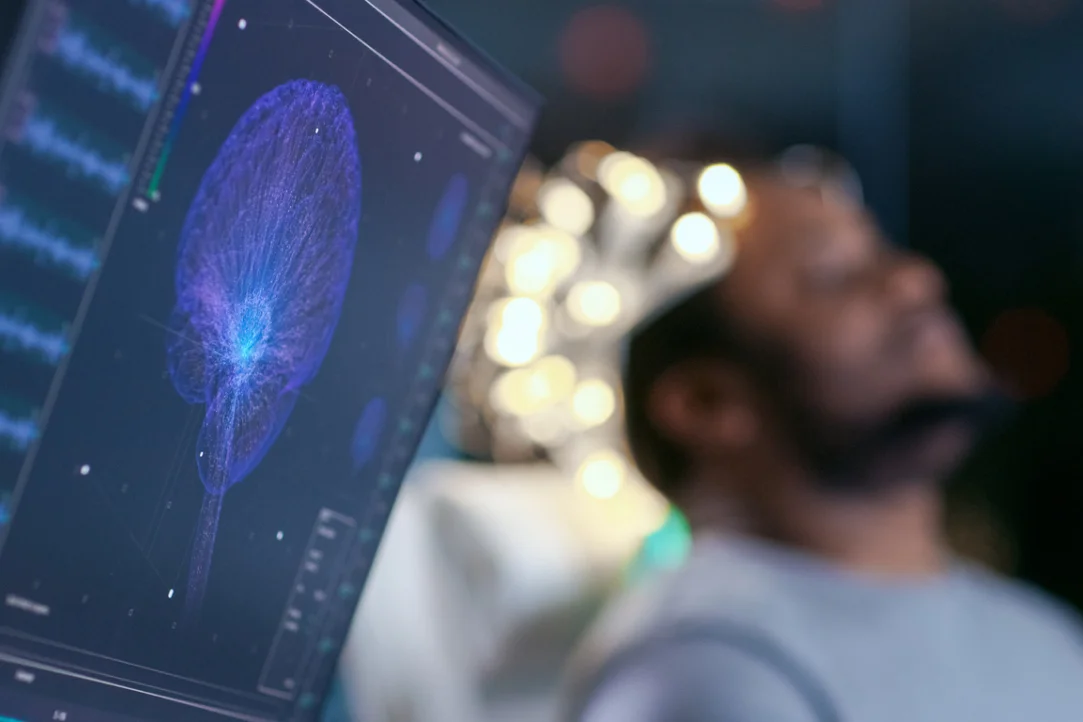Brain surgery is used to treat a variety of conditions, such as tumors, blood clots, aneurysms, epilepsy, and Parkinson’s disease. Surgeries, such as a craniotomy, require an incision (cut) in your brain; but other procedures are less invasive. The brain is part of your central nervous system. It controls your ability to speak, move, think, and remember. Brain surgery aims to treat problems without disrupting these important functions. A neurosurgeon will perform brain surgery.
Who needs brain surgery?
There are many reasons you may need to have brain surgery, including:
Arteriovenous malformations (abnormal connections between arteries and veins)
Aneurysms (a bulge in a weakened part of an artery)
Blood clots
Tumors
Degenerative conditions, including Parkinson’s disease
Head injuries, including traumatic brain injuries (TBIs) and skull fractures
Hemorrhages (bleeding in the brain or head)
Nerve damage
Stroke
Fluid buildup, such as hydrocephalus

Symptoms of conditions needing brain surgery
Depending on the type and severity of the condition, symptoms may vary, general symptoms include:
Headache
Nausea
Vomiting
Drowsiness
Seizures
What are some types of brain surgery?
These are some of the most common operations involving the brain or areas around it:
Craniotomy: Removing a piece of the skull to access the brain for removing a brain tumor, abnormal tissue, blood, or blood clots. The piece of the skull is put back in place after surgery.
Biopsy: Usually done after imaging has detected a potential abnormality. Involves an incision in the skull or inserting a needle to remove brain cells or tissue for examination by a pathologist.
Deep brain stimulation (DBS): An implantable pulse generator (battery-operated medical device) is implanted to deliver electrical stimulation to specific areas in the brain. Commonly used for movement disorders like Parkinson’s disease.
Neuroendoscopy: Involving the threading of a thin tube called an endoscope through the mouth, nose, or small incisions in the skull to access or remove brain tissue. The endoscope has a light and camera on the end, and the surgery is performed with tools placed through the endoscope.
Posterior fossa decompression: This treatment involves parts of the brain called the cerebellum and brainstem.
Thrombectomy and cerebral aneurysm repair: Used in patients with a blood clot in a brain artery, a cerebral aneurysm, or a ruptured aneurysm that causes bleeding into the brain. The surgeon guides surgical instruments such as a catheter or thin metal wires through a large blood vessel in the patient’s groin to reach the brain vessels, using contrast dye to identify the problematic blood vessel without opening up the skull.
Some brain cancer patients are treated with stereotactic radiosurgery. Radiosurgery is an external radiation treatment that does not involve an incision.

What type of anesthesia will be used for my brain surgery?
General anesthesia is frequently used and is especially important for high-precision tumor removal because you must remain still. Under general anesthesia, you will be unconscious throughout the operation. During some surgeries, the patient must remain conscious, referred to as “awake” surgery since your direct feedback is extremely important.
What is “awake” brain surgery?
Awake brain surgery is primarily used for operations to treat epileptic seizures and Parkinson’s disease, but it is increasingly used for the removal of brain tumors near portions of the brain that can affect critical functions. Remaining conscious allows you to answer questions that can help the surgeon identify areas of the brain affecting functions like vision, movement, or speech. The surgeon uses that information to precisely target the treatment.
What are the risks of brain surgery?
As with any surgery, brain surgery carries risks of bleeding, infection, or reactions to anesthesia. Other side effects that can occur immediately after surgery include:
Aphasia (difficulty speaking)
Brain swelling
Confusion or delirium
Dizziness
Headaches
Movement or balance problems

The biggest long-term risks after brain surgery include:
Behavior changes
Brain damage
Difficulty walking
Memory loss
Problems with speech
Weakness in your arms or legs
What are the benefits of brain surgery?
Brain surgery can be a life-saving procedure. It can treat strokes, brain bleeds, tumors, and other serious medical problems. Advances in medical technology and less invasive procedures help reduce the risks of brain surgery.
Conclusion
Brain surgery stands as a pinnacle of medical advancement, a testament to the remarkable capabilities of modern medicine. It encompasses a range of procedures, from minimally invasive techniques to complex open surgeries, each tailored to address specific neurological conditions with precision and care. The journey of brain surgery, from diagnosis to recovery, is a collaborative effort between the patient and the medical team, striving for the best possible outcomes. As technology and techniques continue to evolve, brain surgery remains a beacon of hope for those affected by neurological disorders, offering a chance for improved health and a better quality of life.
Read more: